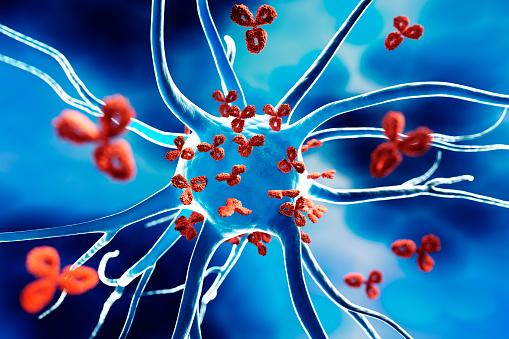Researchers at the Swiss Federal Institute of Technology Zurich recently discovered a type of organelle hitherto unidentified in mammalian cells. The so-called “mini-organ”, called extrinsic, consists of loops of DNA called plasmids, which are normally found in some bacteria, archaea and yeast.
The most curious thing is these never-defined cellular compartments were not hidden but were floating freely in the cytoplasmsemiliquid matrix that houses other organelles, endoplasmic reticulum, and ribosomes. Organelles are responsible for many functions, from storing genetic information to lipid metabolism.
The fact that these cells were in the cytoplasm was considered unusual by scientists because in most eukaryotic cells (those with a nucleus) the genome was located in the nucleoplasm, packaged into chromosomes. The two structures are separated by a flat and continuous pair of membranes.
Collection of foreign DNA from the cell nucleus
In the case of exclusion, DNA is organized into small circular chains, plasmids, that originate from outside the cell or directly from telomeres, the protective caps at the ends of chromosomes. These rings, formed by cells that break down telomeres, are regularly seen in cancer cells..
The presence of these rings in exclusion is an indication of this. DNA that cells identify as foreign or unnecessary is expelled from the nucleus.. It accumulates in the cytoplasm alongside plasmids coming from outside the cell. This means that the excluder can function as a cell protection mechanism by collecting this extrachromosomal DNA from the nucleus.
According to study coordinator Ruth Kroschewski of ETH Zurich, this is “one of the main hygiene functions that cells perform to protect chromosomes.”
Can exclusion trigger autoimmune responses?

Although they are not yet fully clear, functions of the excretor may include activation of immunological memory, According to Kroschewski. Biologists have long studied a specific protein found in the cytoplasm that, when bound to DNA loops, triggers a “signal cascade” that notifies the body of the presence of a pathogen and stimulates inflammatory secretion. messenger substances.
The coordinator of the study thinks that this protein may bind to the DNA loops of the excluder. which can cause the illusion of a long-term infection, In other words, “the body continues to receive signals that the problem is still ongoing,” the researcher explains.
The result will be an immediate response of the immune system to the inflammatory messenger, even if it is triggered by a “false alarm.” “And because the pro-inflammatory signaling cascade persists rather than decreases,” Kroschewski concludes, “this may very well facilitate autoimmune responses such as systemic lupus erythematosus.”
Is there anything you want to ask? Tell us on our social networks and get the opportunity to share the article with your friends who like these topics!
Source: Tec Mundo
I’m Blaine Morgan, an experienced journalist and writer with over 8 years of experience in the tech industry. My expertise lies in writing about technology news and trends, covering everything from cutting-edge gadgets to emerging software developments. I’ve written for several leading publications including Gadget Onus where I am an author.












